
The NVIDIA Collective Communications Library (NCCL) implements multi-GPU and multinode communication primitives optimized for NVIDIA GPUs and networking. NCCL is a central piece of software for multi-GPU deep learning training. It handles any kind of inter-GPU communication, be it over PCI, NVIDIA NVLink, or networking. It uses advanced topology detection, optimized communication graphs��
]]>
High-performance computing and deep learning workloads are extremely sensitive to latency. Packet loss forces retransmission or stalls in the communication pipeline, which directly increases latency and disrupts the synchronization between GPUs. This can degrade the performance of collective operations such as all-reduce or broadcast, where every GPU��s participation is required before progressing.
]]>
The NVIDIA Collective Communications Library (NCCL) implements multi-GPU and multinode (MGMN) communication primitives optimized for NVIDIA GPUs and networking. NCCL is a central piece of software for multi-GPU deep learning training. It handles any kind of inter-GPU communication, be it over PCI, NVLink, or networking. It uses advanced topology detection, optimized communication graphs��
]]>
The NVIDIA Collective Communications Library (NCCL) implements multi-GPU and multinode communication primitives optimized for NVIDIA GPUs and networking. NCCL is a central piece of software for multi-GPU deep learning training. It handles any kind of inter-GPU communication, be it over PCI, NVLink, or networking. It uses advanced topology detection, optimized communication graphs��
]]>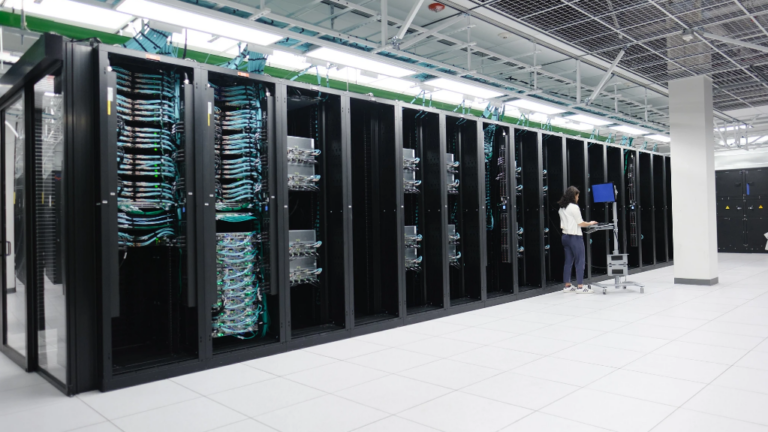
AI and scientific computing applications are great examples of distributed computing problems. The problems are too large and the computations too intensive to run on a single machine. These computations are broken down into parallel tasks that are distributed across thousands of compute engines, such as CPUs and GPUs. To achieve scalable performance, the system relies on dividing workloads��
]]>
For the past few months, the NVIDIA Collective Communications Library (NCCL) developers have been working hard on a set of new library features and bug fixes. In this post, we discuss the details of the NCCL 2.22 release and the pain points addressed. NVIDIA Magnum IO NCCL is a library designed to optimize inter-GPU and multi-node communication, crucial for efficient parallel computing��
]]>
NVSHMEM is a parallel programming interface that provides efficient and scalable communication for NVIDIA GPU clusters. Part of NVIDIA Magnum IO and based on OpenSHMEM, NVSHMEM creates a global address space for data that spans the memory of multiple GPUs and can be accessed with fine-grained GPU-initiated operations, CPU-initiated operations, and operations on CUDA streams.
]]>
Due to the adoption of multicamera inputs and deep convolutional backbone networks, the GPU memory footprint for training autonomous driving perception models is large. Existing methods for reducing memory usage often result in additional computational overheads or imbalanced workloads. This post describes joint research between NVIDIA and NIO, a developer of smart electric vehicles.
]]>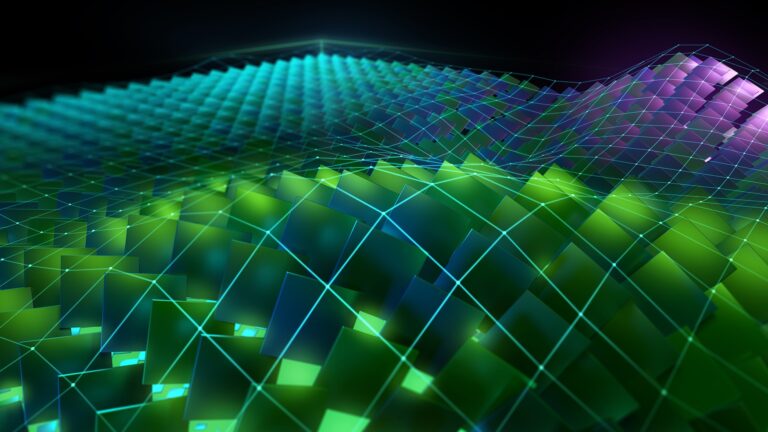
The latest release of CUDA Toolkit, version 12.4, continues to push accelerated computing performance using the latest NVIDIA GPUs. This post explains the new features and enhancements included in this release: CUDA and the CUDA Toolkit software provide the foundation for all NVIDIA GPU-accelerated computing applications in data science and analytics, machine learning��
]]>
Traditional cloud data centers have served as the bedrock of computing infrastructure for over a decade, catering to a diverse range of users and applications. However, data centers have evolved in recent years to keep up with advancements in technology and the surging demand for AI-driven computing. This post explores the pivotal role that networking plays in shaping the future of data centers��
]]>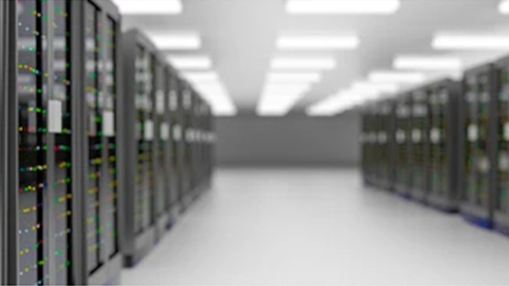
Oracle is one of the top cloud service providers in the world, supporting over 22,000 customers and reporting revenue of nearly $4 billion per quarter and annual growth of greater than 40%. Oracle Cloud Infrastructure (OCI) is growing at an even faster rate and offers a complete cloud infrastructure for every workload. Having added 11 regions in the last 18 months, OCI currently offers 41��
]]>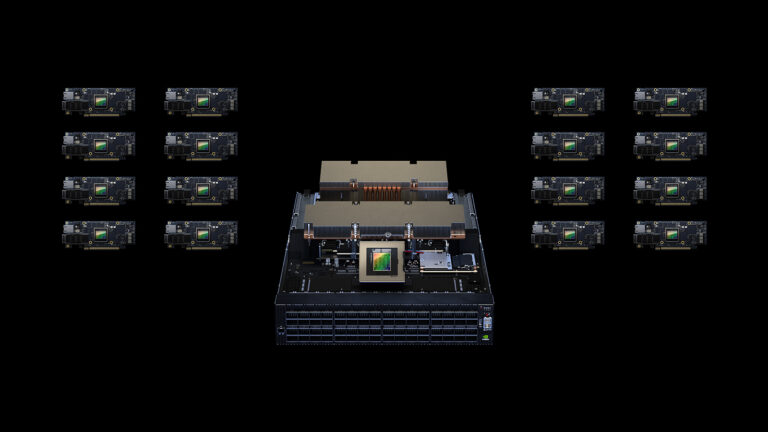
Large language models (LLMs) and AI applications such as ChatGPT and DALL-E have recently seen rapid growth. Thanks to GPUs, CPUs, DPUs, high-speed storage, and AI-optimized software innovations, AI is now widely accessible. You can even deploy AI in the cloud or on-premises. Yet AI applications can be very taxing on the network, and this growth is burdening CPU and GPU servers��
]]>
We all know that AI is changing the world. For network admins, AI can improve day-to-day operations in some amazing ways: However, AI is no replacement for the know-how of an experienced network admin. AI is meant to augment your capabilities, like a virtual assistant. So, AI may become your best friend, but generative AI is also a new data center workload that brings a new paradigm��
]]>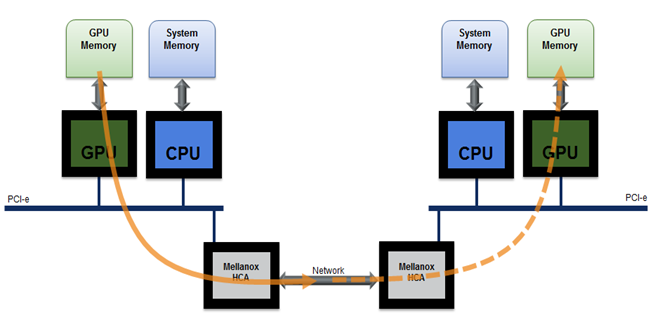
This is the second post in the Accelerating IO series, which describes the architecture, components, and benefits of Magnum IO, the IO subsystem of the modern data center. The first post in this series introduced the Magnum IO architecture and positioned it in the broader context of CUDA, CUDA-X, and vertical application domains. Of the four major components of the architecture��
]]>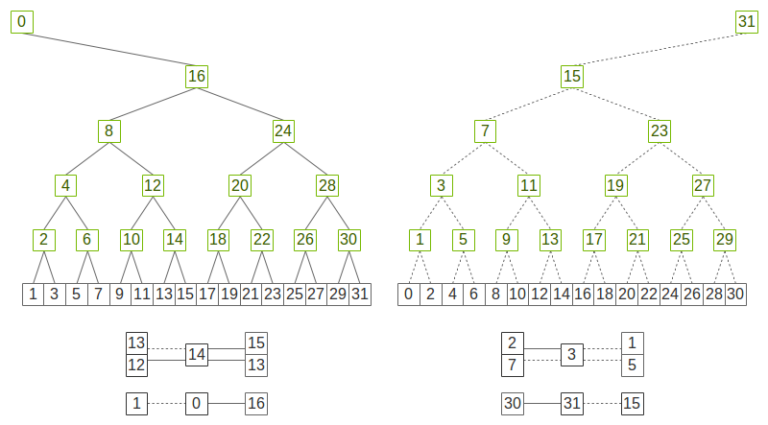
Imagine using tens of thousands of GPUs to train your neural network. Using multiple GPUs to train neural networks has become quite common with all deep learning frameworks, providing optimized, multi-GPU, and multi-machine training. Allreduce operations, used to sum gradients over multiple GPUs, have usually been implemented using rings [1] [2] to achieve full bandwidth. The downside of rings is��
]]>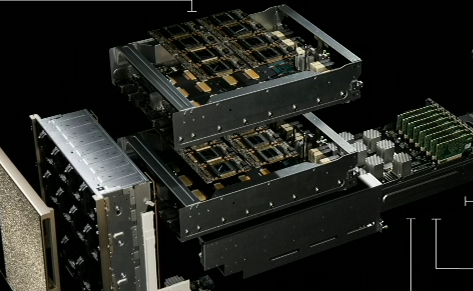
NVIDIA Collective Communications Library (NCCL) provides optimized implementation of inter-GPU communication operations, such as allreduce and variants. Developers using deep learning frameworks can rely on NCCL��s highly optimized, MPI compatible and topology aware routines, to take full advantage of all available GPUs within and across multiple nodes. NCCL is optimized for high bandwidth and��
]]>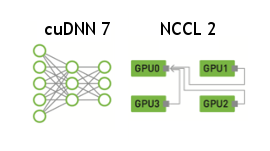
At GTC 2017, NVIDIA announced Volta optimized updates to the NVIDIA Deep Learning SDK. Today, we��re making these updates available as free downloads to members of the NVIDIA Developer Program. Deep learning frameworks using NVIDIA cuDNN 7 and NCCL 2 can take advantage of new features and performance benefits of the Volta architecture. cuDNN 7 NCCL 2 Learn more about Volta��s Tensor��
]]>
Today many servers contain 8 or more GPUs. In principle then, scaling an application from one to many GPUs should provide a tremendous performance boost. But in practice, this benefit can be difficult to obtain. There are two common culprits behind poor multi-GPU scaling. The first is that enough parallelism has not been exposed to efficiently saturate the processors. The second reason for poor��
]]>